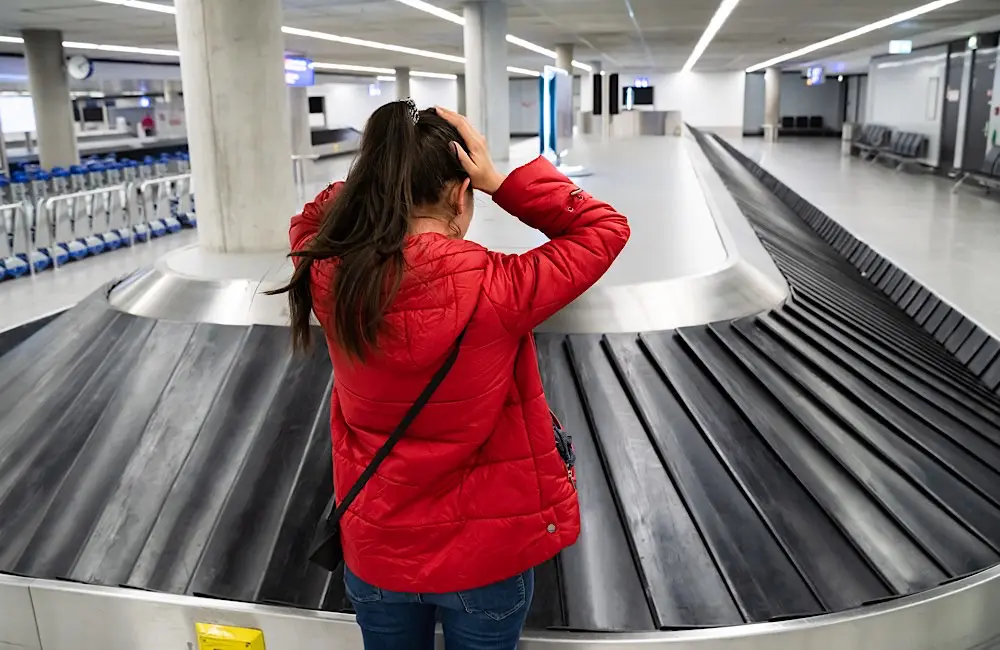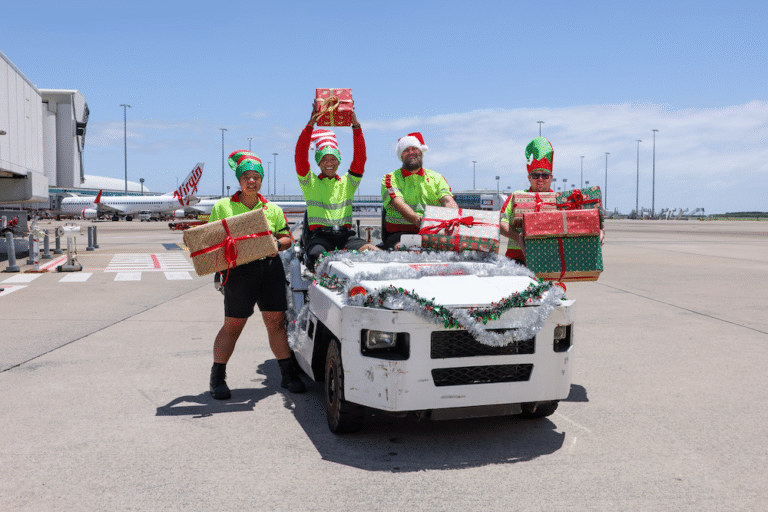You stand at the carousel, eyes fixed on the steel mouth swallowing and spitting out luggage. The last passenger plucks their suitcase from the belt. Yours is nowhere. Your gut tightens. You tell yourself it’s coming. Any second now. But deep down, you know: your suitcase is gone.
If this happens in Tokyo, the likelihood of your bag being recovered quickly is high. According to SITA’s 2024 Baggage IT Insights report, Asia Pacific airports have the lowest lost baggage rates, thanks to consistent investment in technology and efficiency.
In contrast, European airports, including Paris Charles de Gaulle, operate under greater congestion and legacy systems that can struggle under high passenger volumes. With more frequent flight transfers and tighter connection times, there is a higher chance of baggage being mishandled. However, efforts are underway in many European hubs to improve baggage handling efficiency through automation and better tracking technology.
Why some airports are better at keeping track of your suitcase
SITA’s 2024 Baggage IT Insights report reveals that 6.9 bags per 1,000 passengers were mishandled last year. Fly through Asia Pacific, and that number shrinks to just 3.0—the lowest anywhere. Europe? More than double that. And North America is hardly faring better.
Bags don’t just vanish. They slip through cracks made by outdated systems, tight layovers, and a baggage handling workforce stretched too thin. Some get stuck in limbo between terminals, others take unplanned detours to destinations you’ll never visit.
How Tokyo cracked the baggage code
Asian airports aren’t leaving it to chance. The efficiency isn’t accidental—it’s engineered.
- RFID tracking: Forget barcode scanners that misread smudged labels—Tokyo’s airports use radio-frequency identification (RFID) for precise, real-time tracking.
- AI-powered logistics: Singapore and Hong Kong use artificial intelligence to predict delays and reroute baggage before a problem even happens.
- Automated sorting systems: At some European airports, baggage handlers still rely on manual sorting. In Tokyo, automated conveyor systems move suitcases faster than human hands ever could.
- Gentle handling: Some Japanese airports go the extra step of ensuring luggage lands gently on the baggage carousel, making sure suitcases are easy to grab and less likely to be damaged.
@adrianwidjy A designated person to ensure your luggage lands gentyly at the conveyor belt! Wow! What a dedication to care of things! #japan #thingsinjapanthatmakesense #japantravel #travel #luggage #airport #hanedaairport #PlacesInSydney #japanthings #japanfinds ♬ Super Shy – NewJeans
Meanwhile, in Europe and North America…
Luggage mismanagement isn’t a fluke—it’s systemic. Some of the biggest airports still rely on creaky, decades-old baggage systems. And then there are the transfer times. A tight layover might save you an hour; it could cost your suitcase a week.
- Aging infrastructure: Paris Charles de Gaulle’s baggage system wasn’t built for today’s passenger numbers. Neither was Heathrow’s. Neither was JFK’s.
- Tight layovers = big risks: If your connection is under an hour, your suitcase is playing airport roulette.
- Labour shortages: In North America, post-pandemic staffing shortages mean fewer people sorting through more bags. The result? Higher mishandling rates.
- More flights, more delays: European and North American hubs often handle higher volumes of intercontinental flights, increasing the likelihood of baggage mishandling during tight connections.
How to outsmart the system
Even if you’re flying through a baggage black hole, there are ways to keep your suitcase from disappearing into the abyss:
- Skip the layover when possible. The fewer times your bag switches hands, the safer it is.
- Track it yourself. Apple AirTags and Tiles don’t rely on airline competence.
- Use airline baggage tracking. Not all airlines offer it, but when they do, use it.
- Make your suitcase impossible to ignore. A fluorescent green suitcase with a ridiculous keychain is far less likely to be mistaken for someone else’s.
- Arrive early, check-in smart. Late check-ins increase the chance of luggage being delayed or misplaced.

The bottom line
Not all airports are created equal. If your itinerary takes you through Tokyo, your luggage is in good hands. If it involves Paris, Heathrow, or JFK, be prepared. Hope is not a strategy. Pack light. Track your bag. And always—always—carry a spare set of clothes in your carry-on.







